
cd_nom
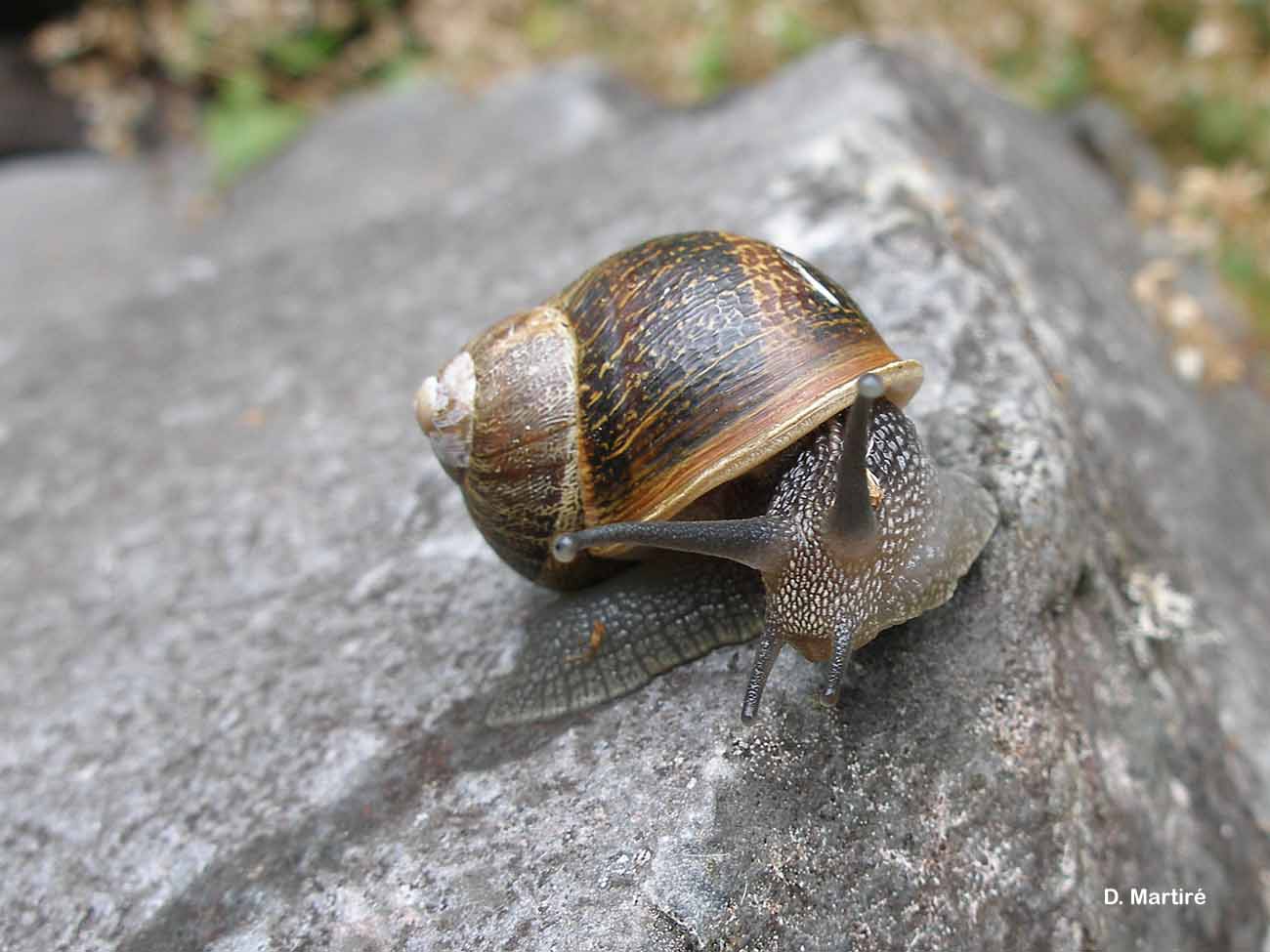
| Author : D. Martiré |
 |
To get the picture, please visit:
Dominique MARTIRE
32 rue Leconte Delisle
97 429 PETITE-ILE
e-mail : dominiquelouismartire@zeop.re
Despite the Creative Commons license, please inform the author of the use which will be made of his photo

| Author : O. Gargominy |
 |
Despite the Creative Commons license, please inform the author of the use which will be made of his photo
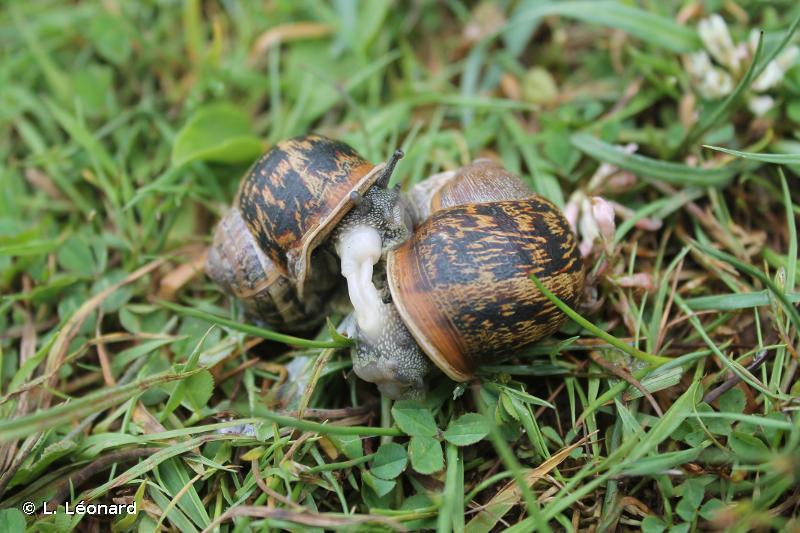
| Author : L. Léonard |
 |
To get the picture, please visit:
Lilian Léonard
email : lilian.leonard@mnhn.fr
Legend: Accouplement d'Escargot petit-gris
Despite the Creative Commons license, please inform the author of the use which will be made of his photo
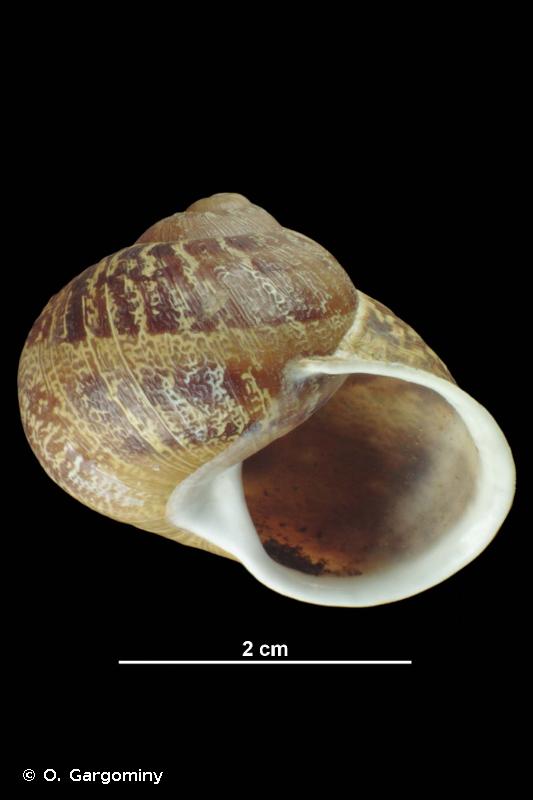
| Author : O. Gargominy |
 |
To get the picture, please visit:
Olivier Gargominy
Muséum national d'Histoire naturelle - Service du Patrimoine Naturel
36 rue Geoffroy Saint-Hilaire
75 231 PARIS CEDEX 05
mail : inpn@mnhn.fr
Despite the Creative Commons license, please inform the author of the use which will be made of his photo
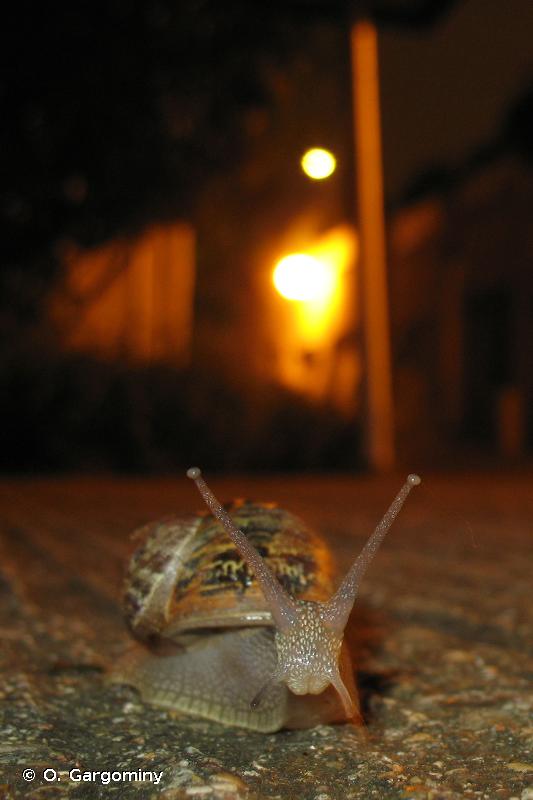
| Author : O. Gargominy |
 |
Despite the Creative Commons license, please inform the author of the use which will be made of his photo
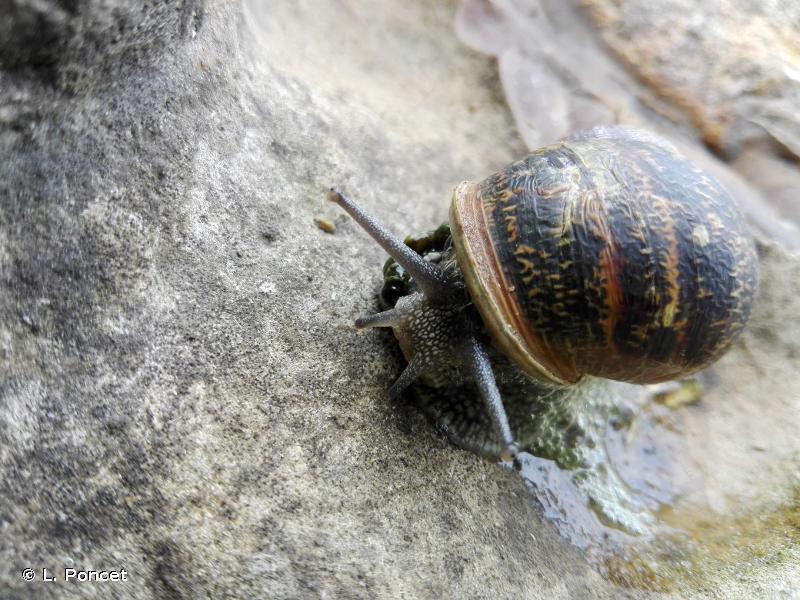
| Author : L. Poncet |
 |
To get the picture, please visit:
Laurent Poncet
Muséum national d'Histoire naturelle - UMS PAtrinat
e-mail : poncet@mnhn.fr
Despite the Creative Commons license, please inform the author of the use which will be made of his photo
Taille :
Largeur de la coquille 25 à 40 mm, hauteur 25 à 35 mm.
Diagnose :
Coquille globuleuse conique à enroulement dextre fortement calcifiée avec 4 ½ à 5 tours de spires faiblement convexes et s'élargissant rapidement. Stries régulières avec une structure plissée typique. L'ouverture est grande, de forme ovoïde, avec un péristome épaissi et blanc. L'ombilic est absent, totalement recouvert par le péristome. La coquille est habituellement brun pâle, occasionnellement jaune avec 0-5 bandes spirales sombres, variables souvent mouchetées de blanc.
Espèces proches :
Eobania vermiculata qui présente également un aspect chagriné mais de taille plus petite avec une coquille davantage ramassée et une ouverture plus réduite. Cette espèce possède une distribution majoritairement méditerranéenne.
Biologie-éthologie :
Se trouve dans des milieux très divers, espèce ubiquiste souvent associée à l'homme et considérée comme nuisible dans les jardins. On la trouve aussi dans les parcs, dunes, bois, rochers, haies et les cimetières.
Biogéographique :
Espèce d'Europe de l'Ouest et de Méditerranéenne. Elle est largement répandue en France dans les habitats naturels et anthropisés.
D'après: Kerney, M. P. & Cameron, R. A. D. 1999. Guide des escargots et limaces d'Europe. Identification et biologie de plus de 300 espèces. Adaptation française par A. Bertrand. Les guides du Naturaliste. Delachaux & Niestlé, Lausanne et Paris. 370 pp., 28 pl.
L. Léonard(UMS 2006 Patrimoine Naturel (AFB / CNRS / MNHN)),2016
Continental
Metropolitan France
Overseas
Marine
Metropolitan France
Overseas
The map presents a summary at the 10 x 10 km grid of the observation data for the species transmitted to the SINP. These data have been subjected to validation filters.
The map presents a reference distribution layer of the species at the scale of departments and marine sectors. The presence and absence data were established by expertise within a network of partners. This reference distribution is used in the validation process of the SINP data at the INPN level.
Corresponds to a report on the basis of at least one observation proved within a period of 10 years (20 years for little-known invertebrates) preceding the year and no presumption of extinction since obtaining the last data nor doubt on reproductive and implemented nature of this population. For migratory species, the presence indicated concerns areas of reproduction.
This status is based on one or more of the following criteria:
This point covers the absence, more difficult by nature to demonstrate than presence. This status is based on one or more of the following criteria:
This status must be assigned to a department in which the presence of the species is casual.
Particular case of absence due to a proven extinction less than a half century ago (older disappearances are treated as "no probable or definite").
In the state of knowledge, we can not comment on the presence or absence in the current department. This is the default status when not comprised in one of the previous categories or whenever there is doubt.
The map shows the global distribution of the species based on GBIF data (Global Biodiversity Information Facility).
